
Gujarat HC Slaps Contempt Case on Senior Advocate for Sipping Beer in Virtual Hearing
A Mug Full of Trouble: Gujarat HC’s Contempt Case Against Senior Advocate Shakes Legal World The recent suo motu contempt proceedings ordered by the Gujarat high court against senior advocate Bhaskar Tanna for supposedly taking a sip of beer during a virtual hearing have sent ripples through the legal fraternity.
This seemingly minor act, immortalized on film, ignited a national discussion about courtroom etiquette in virtual courtrooms, contempt of court, and a myriad of other issues, here and abroad. cause and effect The issue occurred on June 26, 2025, during a virtual hearing presided over by Justice Sandeep Bhatt. The camera allegedly captured senior BJP leader Bhaskar Tanna gulping a cupful (later rumored to be beer) during a parley.
an issue A bench of Justices A. S. Supehia and R. T. Vachhani said Tanna’s act was ‘outrageous,’ ‘glaring,’ and ‘contemptuous’ and that ‘such conduct goes a long way in lowering the dignity of the court.’ It observed the poor example it establishes for junior counsel and even flirted with disbarring Tanna as senior counsel.
For any queries or to publish an article or post or advertisement on our platform, do call at +91 6377460764 or email us at contact@legalmaestros.com.
For More Updates & Regular Notes Join Our Whats App Group (https://chat.whatsapp.com/DkucckgAEJbCtXwXr2yIt0) and Telegram Group ( https://t.me/legalmaestroeducators )
The recent suo motu contempt proceedings ordered by the Gujarat high court against senior advocate Bhaskar Tanna for supposedly taking a sip of beer during a virtual hearing have sent ripples through the legal fraternity. Online hearings, providing an early lifeline to the law, mucked with the boundaries of formality and propriety. In India, the SC having spotted the muddle, issued a sweeping April 6, 2020 order giving legal effect to court hearings conducted via video conference.
The ruling impelled the five-judge bench to formulate some Video Conferencing directions which were subsequently disseminated to all the High Courts for implementation. Under this code, each video conference forms a court; thus, all the same courtesies and protocols that apply in court must apply in these virtual sessions. That is, mere mortals, all of you ought to behave, put on a suit, and be careful not to derail or otherwise disfigure the court.
For any queries or to publish an article or post or advertisement on our platform, do call at +91 6377460764 or email us at contact@legalmaestros.com.
The Tanna incident is a visceral reminder that the virtual courtroom is not a whimsical arena. It deserves the same respect and decorum as the in-person courtroom. To appreciate the gravity of Bhaskar Tanna’s charges, you’ve got to first appreciate what a contempt of court is. In brief, contempt of court is any willful disobedience or resistance to the authority of a court of justice in the due administration of its proceedings and all willful disrespect to its authority or dignity.
It’s about protecting the shape and independence of the judiciary, keeping its edicts respected, and its procedures inviolate. The Contempt of Courts Act, 1971, in India, broadly divides contempt into two categories: Civil Contempt – Violating Court Orders Consider the hypothetical situation in which a court orders person X to pay amount Y to person Y, but person X refuses to pay despite having the money.
Such willful disobedience of a judgment, decree, direction, order, writ, or other process of the court is civil contempt. It’s literally about defying the court that’s enforcing the order by not obeying its lawful directions. The court frequently uses civil contempt to enforce compliance with its order. For example, the court could find a company in civil contempt if it refuses to obey an injunction to stop polluting a river.
For any queries or to publish an article or post or advertisement on our platform, do call at +91 6377460764 or email us at contact@legalmaestros.com.
criminal contempt. Sabotaging the Judge Okay, now picture yelling obscenities at a judge on the stand or printing a post accusing a judge of accepting bribes to influence a case. That’s criminal contempt. This contempt is directed at whatever tends to scandalize or bring into contempt or prejudice the authority of any court. That includes any act which harms the public’s confidence in the court’s fairness, impartiality, or integrity.) screenshots or interferes with the due course of any judicial proceeding. This includes acts of attempting to influence a matter wrongfully, like witness intimidation or bribing a juror.
A screenshot is a catch-all for any conduct that prevents the proper operation of the law, such as disrupting a court hearing or destroying evidence. The Gujarat High Court acted against Tanna for criminal contempt, alleging that he purportedly ‘scandalized’ the court and ‘lowered its authority’ by failing to observe appropriate decorum during a judicial proceeding. Fines and Mea Culpas: The road to redemption The Contempt of Courts Act, 1971, lays out provisions for comparable punishment for civil and criminal contempt. These may be plain-jail terms up to 6 months and fines up to ₹2000.
The Act offers an important form of redress: apology. The court can acquit him or pardon the punishment if he offers an appropriate repentance. It’s the court’s purview to determine if an appropriate apology can purge contempt. Tanna’s apology is public, but the court will decide if it’s efficacious given the offense. Outside the US: contempt of court. This post totally misunderstands what contempt of court is in India, which is not unique to it but rather a cornerstone of common law jurisdictions everywhere, designed to preserve the dignity of the judiciary. Same objective: dispensing justice.
For any queries or to publish an article or post or advertisement on our platform, do call at +91 6377460764 or email us at contact@legalmaestros.com.
Contempt of court in the UK, too, can be civil and criminal. Landmark cases include R v. Davies (1945), which established contempt by publication, which prejudices a fair trial, and Attorney-General v. Newspaper Publishing PLC (1988), which concerned attempts to obstruct justice. The concern is still to keep active litigation afoot and help preserve public faith in the courts.
These instruments implicitly require states to protect their courts from improper interference or disparagement. A wake-up call for being professional We can’t cloak them in the casual, public context of online if they’re inaccurate. The Gujarat High Court’s firm position is a reminder of the court’s resolve to maintain its dignity while honoring the sacredness of both physical and virtual courtrooms. We’ll definitely be hearing the outcome, which will establish a key precedent for lawyer conduct in the new virtual courtroom.
For any queries or to publish an article or post or advertisement on our platform, do call at +91 6377460764 or email us at contact@legalmaestros.com.

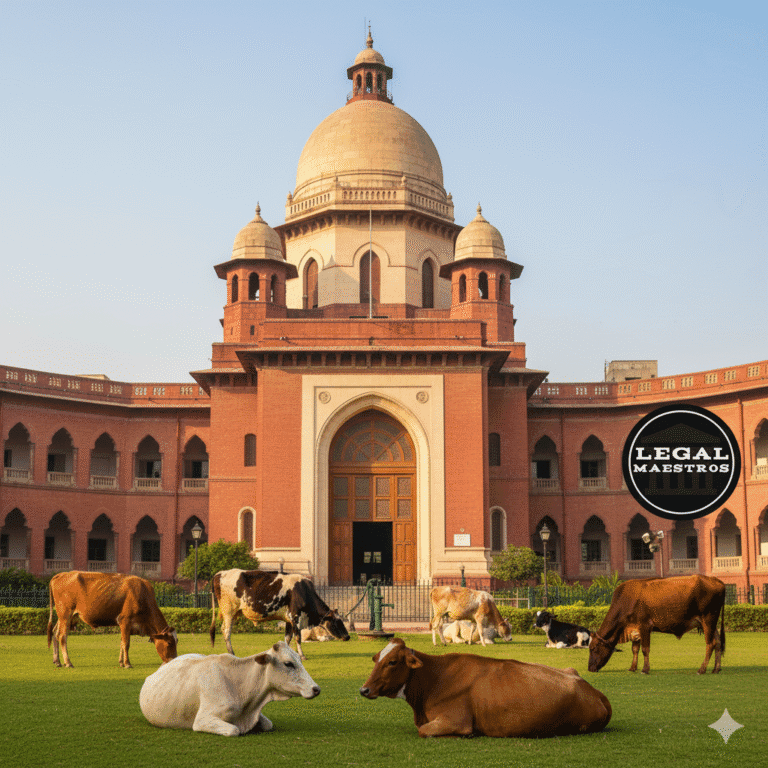
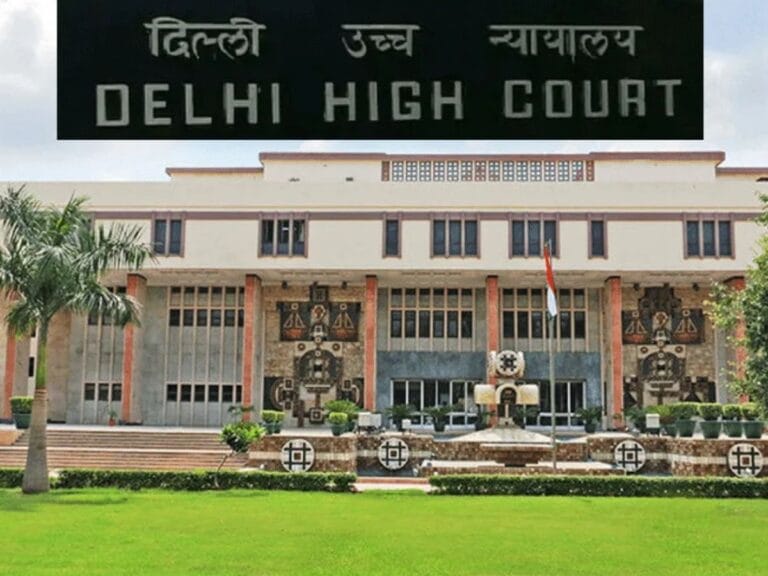
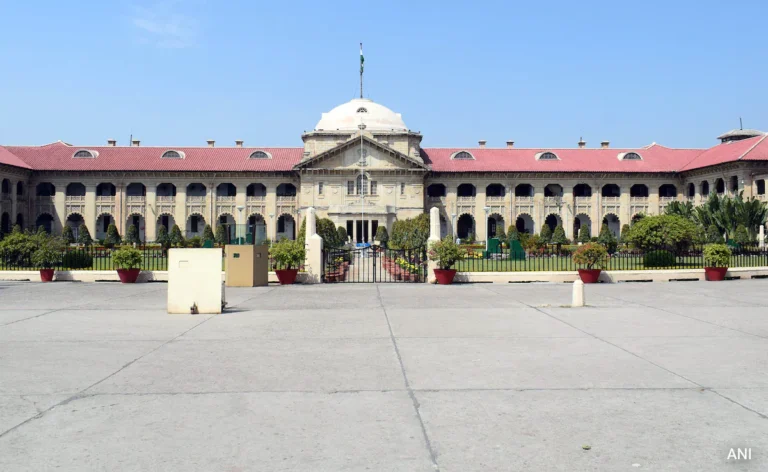
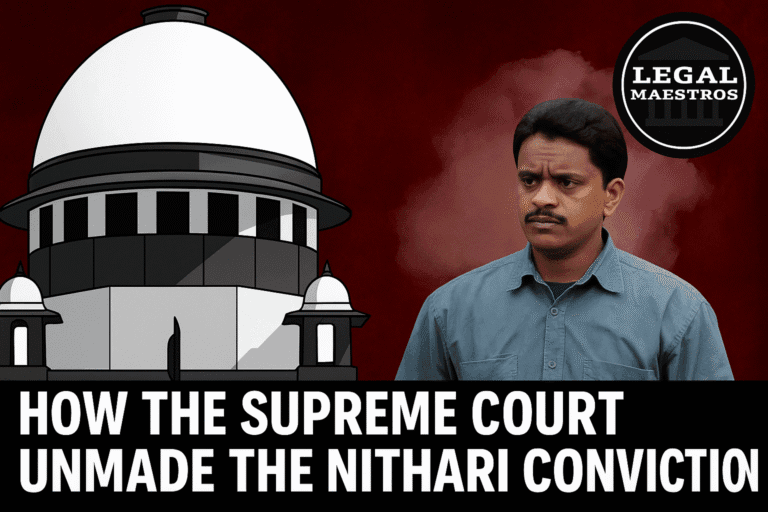
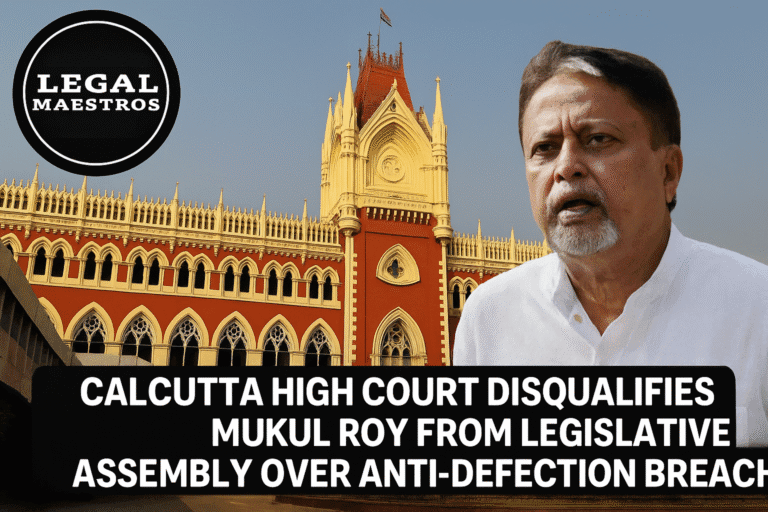
![Research Assistantship @ Sahibnoor Singh Sindhu, [Remote; Stipend of Rs. 7.5k; Dec 2025 & Jan 2026]: Apply by Nov 14, 2025!](https://legalmaestros.com/wp-content/uploads/2025/11/Gemini_Generated_Image_s0k4u6s0k4u6s0k4-768x707.png)
![Karanjawala & Co Hiring Freshers for Legal Counsel [Immediate Joining; Full Time Position in Delhi]: Apply Now!](https://legalmaestros.com/wp-content/uploads/2025/11/Gemini_Generated_Image_52f8mg52f8mg52f8-768x711.png)